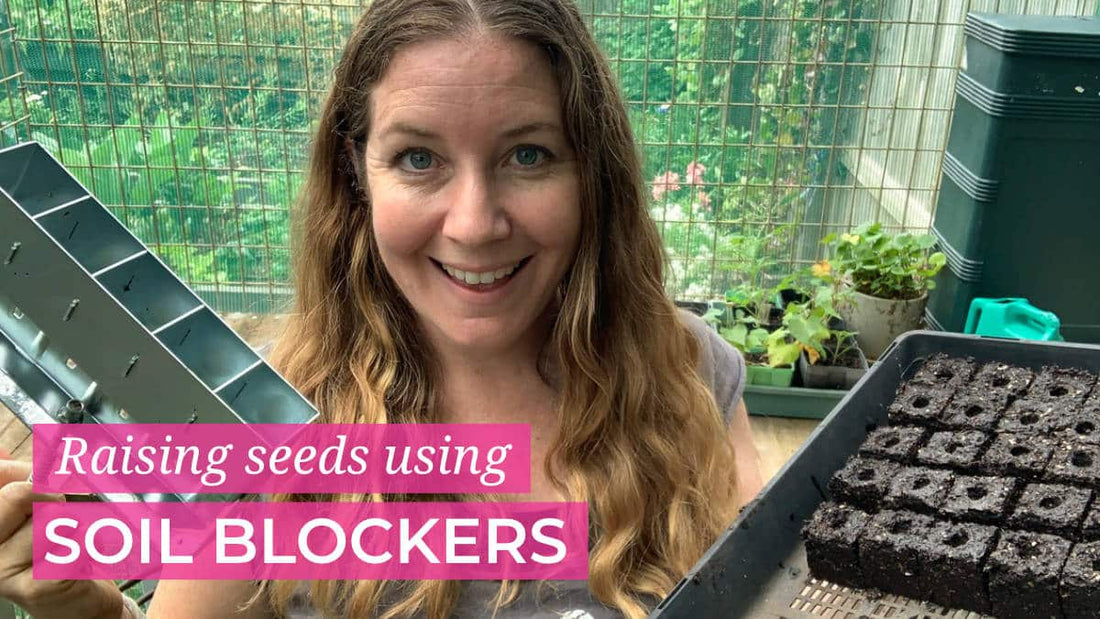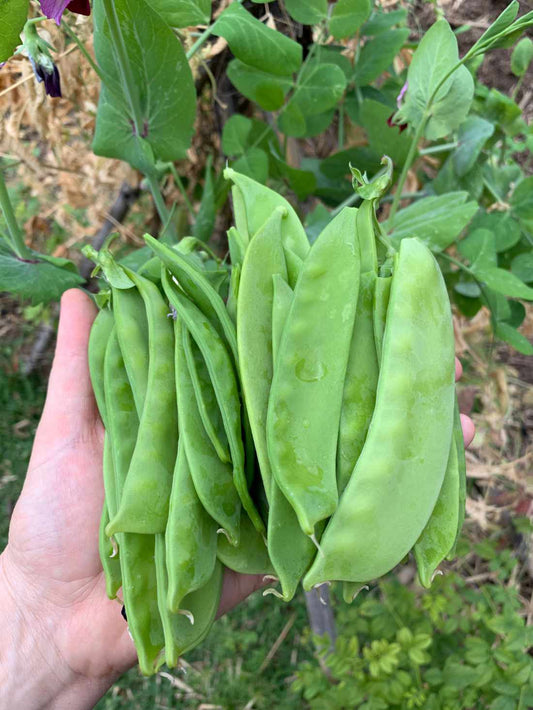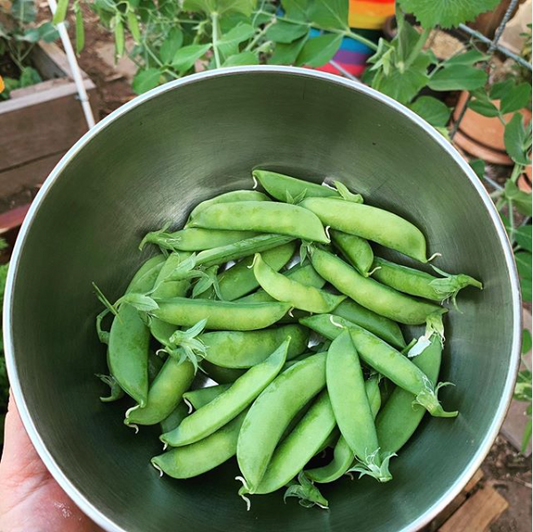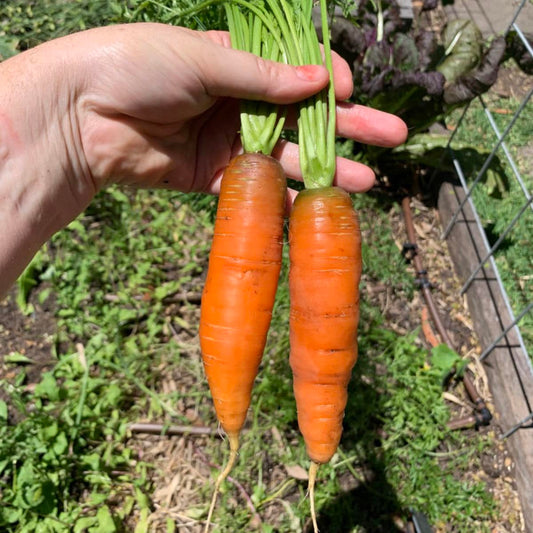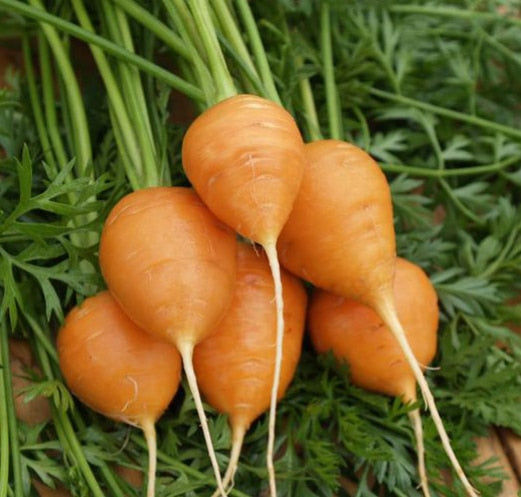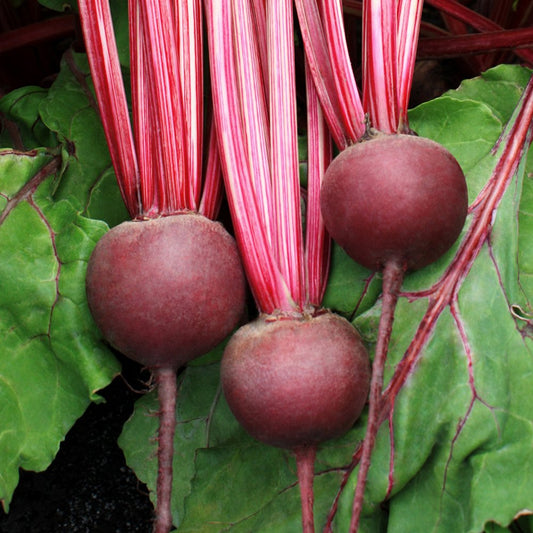Are you looking for a plastic free solution to raising seeds with minimal transplant shock? We've recently moved to using soil blockers for our seed raising and haven't looked back.
Previously I had a collection of plastic punnets that I would simply reuse. Unfortunately they do break down over time and because it has been so long since we've bought seedlings our supply had diminished.
What is a soil blocker
Soil blocking is essentially creating cubes (blocks) of soil that hold their form during seed germination up to transplantation. You don't need endless pots or containers, you can simply use your seed raising mix to create seed blocks.
To create soil blocks you can use a soil blocking tool that allows you to make a row or grid of soil cubes pre 'dibbed' ready to sow seeds into. Soil blockers come in a range of sizes from micro (2cm cube) up to maxi (5cm cube). We have tried the mini and micro and find the best overall is the mini version (5cm cubes) for our needs. You can also get a range of different dibbing attachments depending on the size of seed you want to plant or if you want to plant into a larger soil block.
There are also other benefits of using soil blocking to raise your seedlings.
Benefits of using soil blockers
Aside from the main benefit of not needing a stack of seedling trays lying around, seed blockers have one major benefit. As the blocks have air between them, the seedlings will naturally air prune. This prevents the plants from becoming root bound and creates a more robust root structure. This in turn will allow for low transplantation shock as there is minimal interference to the roots when you plant your seedlings out. We have definitely found a big difference to seedlings grown using seed blocks vs seedlings grown in plastic punnets.
Some of the benefits of using soil blockers for seed raising include:
- Minimal Plastic use (you still need a tray for them to sit in)
- Air pruning creates a good healthy root system
- Low transplant shock
- Low ongoing costs (not having to replace plastic pots after they start to break down)
What kind of mix do you need for soil blocks
Not much has changed for us as we use our own home made organic seed raising mix (Dirt Lovers can access our recipe in the portal). But you just need to ensure your mix will hold its form with plenty of coco coir and compost. I have found commercial mixes aren't quite adequate as a soil blocking mix (plus making your own is more economical and at least you know what is in it!).
The best mix uses coco coir, compost, vermiculite, worm castings, kelp meal and rock minerals. We also use MycoGold to inoculate the majority of our seeds to give them an added boost.
Demonstration of how we create our soil blocks
Here is a demonstration of us using our soil blocks if you're interested in seeing how it all works. (Apologies for the poor audio, I didn't realised my mic wasn't plugged in!).
Watering your soil blocks
As with all our seed raising we water from below to encourage better root development and avoid damping off issues. To achieve this you will need a tray that you can add water (no holes) that will allow the soil blocks to wick up the moisture. I recommend finding a tray that has holes for drainage that will sit within this tray. Particularly if your seed raising station does get rain so your blocks aren't constantly sitting in water after a bit of rainfall.
Watering from below is also al to easier especially if you're time poor. Usually I will make sure my tray has water, place my soil block tray in the water tray, go and do my garden tasks and come back and remove the tray. Watering from below also prevents you from washing seeds away or lower than they need to be, or higher depending on the seed.
Downsides to using soil blockers
There are a few plants that I don't recommend doing in soil blocks simply because they either take too long to germinate or they need to get to a certain size before transplanting. Instead I focus on my fast growing staples that I plant out regularly that I am not sowing direct. Mostly lettuce, asian greens, spring onions.
Another downside is they can be fragile, particularly if you don't get your soil mix right. Just picking them up can make the block crumble if the roots aren't established enough.
Some other downsides of soil blocks include:
- Can be very messy
- A little more labour intensive
- Blocks can be very fragile
- Not ideal for seeds that take a long time to germinate or seedlings that need to get to certain size before planting out
Other options for raising seeds
We've tried origami pots and also the eco pot maker in the past with newspaper. We find that they both do still struggle with transplant shock and you have to unwrap the paper before planting otherwise the seedlings become root bound if the paper used does not break down fast enough.
There are other pots on the market that do provide air pruning but are currently only available in Australia for commercial setups (I am trying to get my hands on some for our shop!).
If you want more tips for raising seeds you can read this blog here. Or grab our ebook here. We also have a mini eCourse on raising via seed inside Dirt Lovers.
I'd love to know if you've tried seed blocking, leave a comment below!

